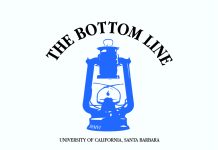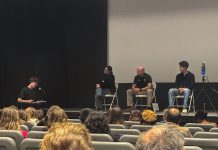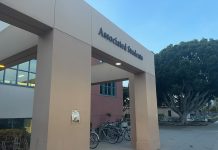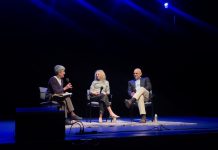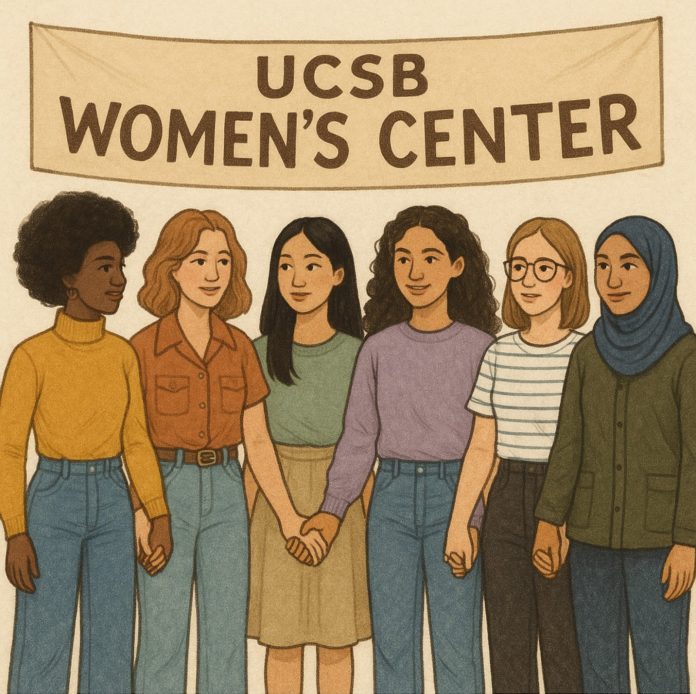Taylor Cusimano
Contributing Writer
Earlier this month, students, alumni, staff, and community members gathered to celebrate the UC Santa Barbara (UCSB) Women’s Center’s 50th anniversary. The event honored the legacy of those who built its foundation while amplifying the voices of those still advocating for equity and inclusion today. Founded in 1975, the Center has long served as a space for connection, education, and advocacy.
The roots of the Women’s Center stretch back to a few years prior when women on campus began organizing discussions about the feasibility of creating both a Women’s Studies Department and a dedicated space for women. Though subtle at first, the rise of the women’s movement had undeniably reached Isla Vista. In a 1971 Daily Nexus article, one writer captured the quiet but powerful momentum already building:
“I come to the realization that the Women’s Center in Isla Vista is reaching out and wanting to be touched, a not un-scary prospect. However, if this spells the beginning of a truly People-responsive [sic] organization, then the ‘quiet’ year has silently accomplished one hell of a lot.”
At the time, the women’s movement was often called a “quiet revolution,” gesturing to its lack of flashy turning points and recognizing the steady, transformative work happening beneath the surface. This quiet energy that the writer remarks on preceded two landmark moments, one national and one local: the Supreme Court’s Roe v. Wade decision in 1973 and the founding of UCSB’s Women’s Center in 1975. The writer of that 1971 piece couldn’t have known what was coming — but her words now feel almost prophetic.
When the UCSB Women’s Center opened, it provided a much-needed space for women students, faculty, and staff to feel safe, access resources, and build community around shared experiences. As more women entered higher education in the following decades, the center expanded its focus to support non-traditional students, especially those returning to school after having children.
In time, the Women’s Center evolved into a space that embraces students of all genders. Through the Women, Gender, and Sexual Equity Department, the Non-Traditional Student Resource Center was created, which now serves parenting students, returning students, and formerly incarcerated students.
Today, the Center promotes initiatives addressing reproductive justice, gender-based violence, trans inclusion, and mental health, while continuing to nurture intergenerational connections. Viviana Valle Gomez, Associate Director of the Women’s Center, told The Bottom Line, “The center is not only for people who identify as women. We’re open to everybody who wants to engage with these ideas and think about how gender shapes our world.”
What began as a quiet revolution has blossomed into something enduring. This institution has grown with its community while challenging systems of exclusion and affirming both dignity and humanity on campus.
That early Daily Nexus writer closed her article with this:
“A poem in Wildflowers says it, too:
‘I know that I am alive.
I know that I am a human being.
That is all I seek to be.
That is all I seek to be treated as.
I am working on that realization –
Couldn’t you do the same?’”
Fifty years later, the UCSB Women’s Center is still asking that question — and still answering it every day. The revolution may remain quiet, but its echoes grow louder with each passing generation.
